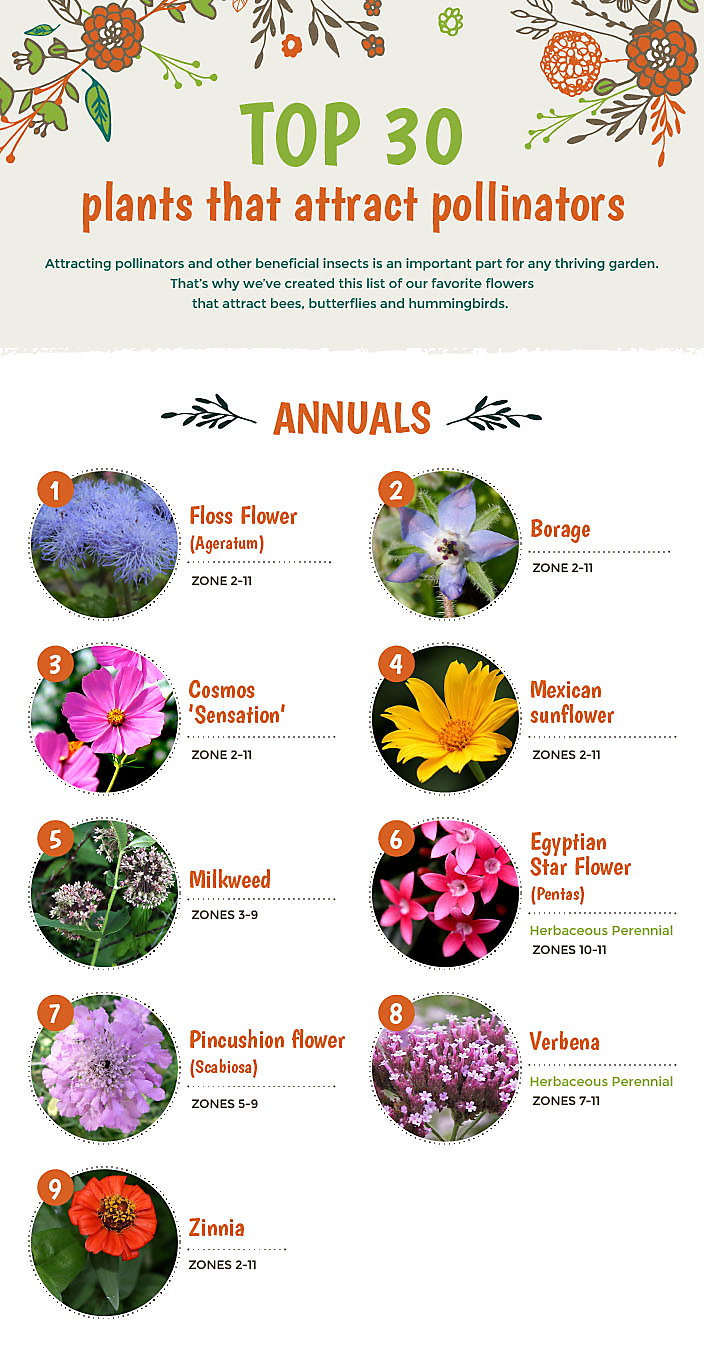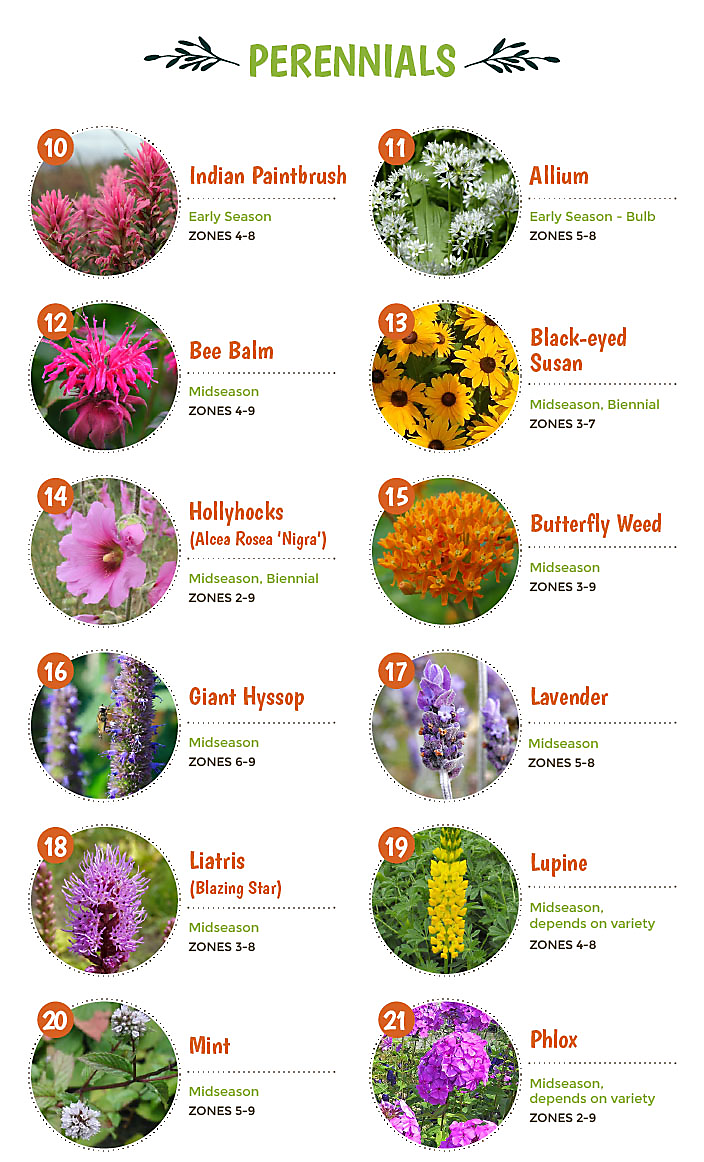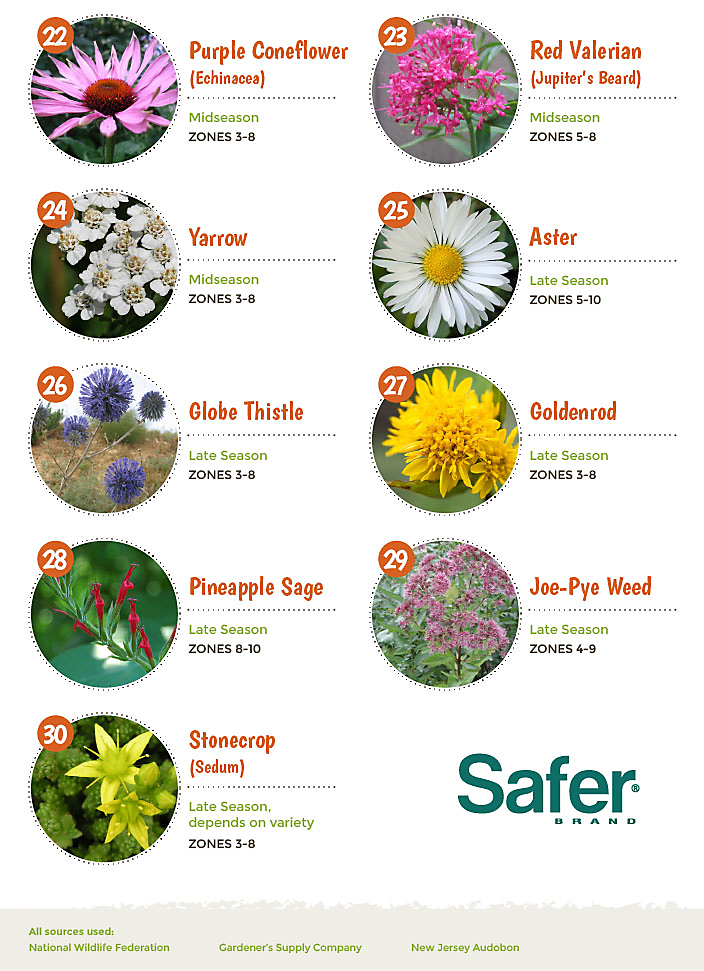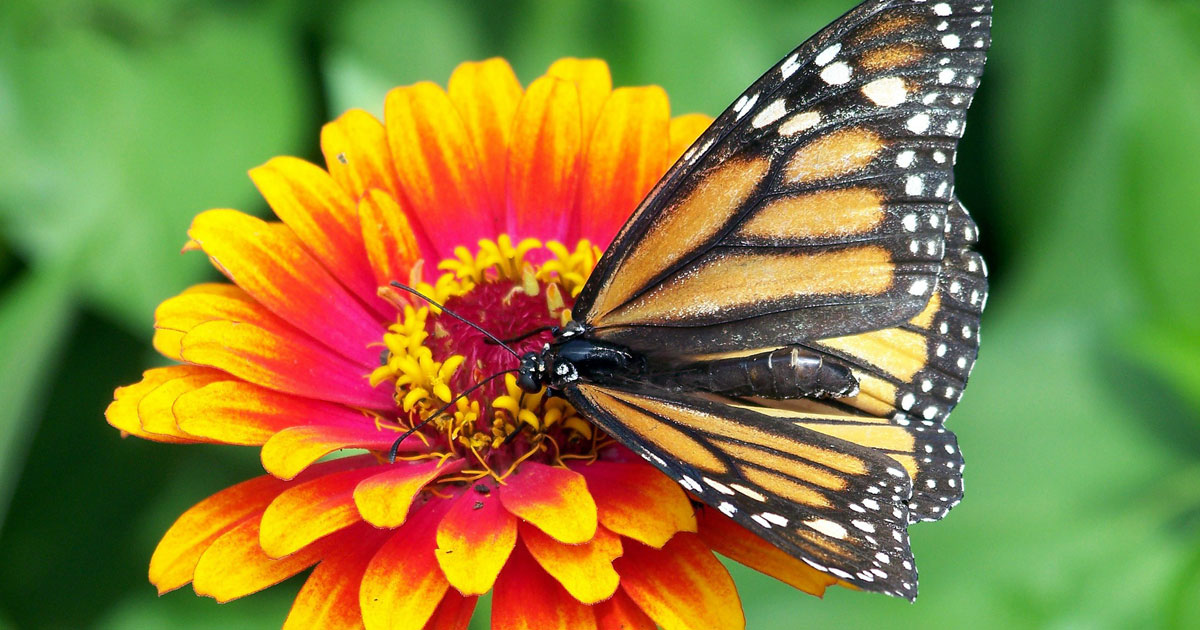
Creating a butterfly oasis can be one of the most rewarding additions to any garden both in its beauty and its benefits to the environment.
With butterfly populations currently on the decline, inviting them to our gardens where they can flourish is essential for survival, both for them and us.
Here’s how you can pull off your very own Butterfly Garden with tips from Prairie Gardens & Jeffrey Alans!

CREATING THE RIGHT ENVIRONMENT
It’s not just the plants in your garden that can entice butterflies to your garden! Providing the right amount of sun, water, and shelter is also key. Keep these in mind when choose where your butterfly garden should reside.
Provide Sun
Butterflies love sun and mainly feed it in at well, so the first step in determining the location of your garden is making sure it receives 6-8 hours of uninterrupted sun a day.
Provide a Water Source
When in search of a drink, butterflies are most attracted to shallow water sources that damp sandy, or muddy. Fill a large saucer with sand, pebbles (provides a place for them to perch) or mud, imbed it in the soil of your garden or hang it, and water consistently.
Provide Shelter
Butterflies will wish to seek shelter in your garden, especially at night when they become very inactive. Shrubs or trees, where they can hide and cling to leaves, or piles of stones where they can slip between the cracks are great way to give your butterflies a place to feel safe.
CHOOSING PLANTS
These are some of the best annuals and perennials to attract bees, butterflies and hummingbirds to your garden! Look out for them in the greenhouses at Prairie Gardens & Jeffrey Alans.
BREEDING PLANTS VS NECTAR PLANTS
Butterflies will visit your garden for 2 reasons…to breed and to feed. Because butterflies use different plants for breeding and feeding, it’s best to have both in your garden.
Breeding Plants are what caterpillar offspring feed on, and since butterfly offspring cannot move from plant to plant, this is where butterflies will lay their eggs.
Nectar plants are what feed adult butterflies. Big, bold blooms full of sugar-rich liquid are the butterflies favorite plants to feed on.
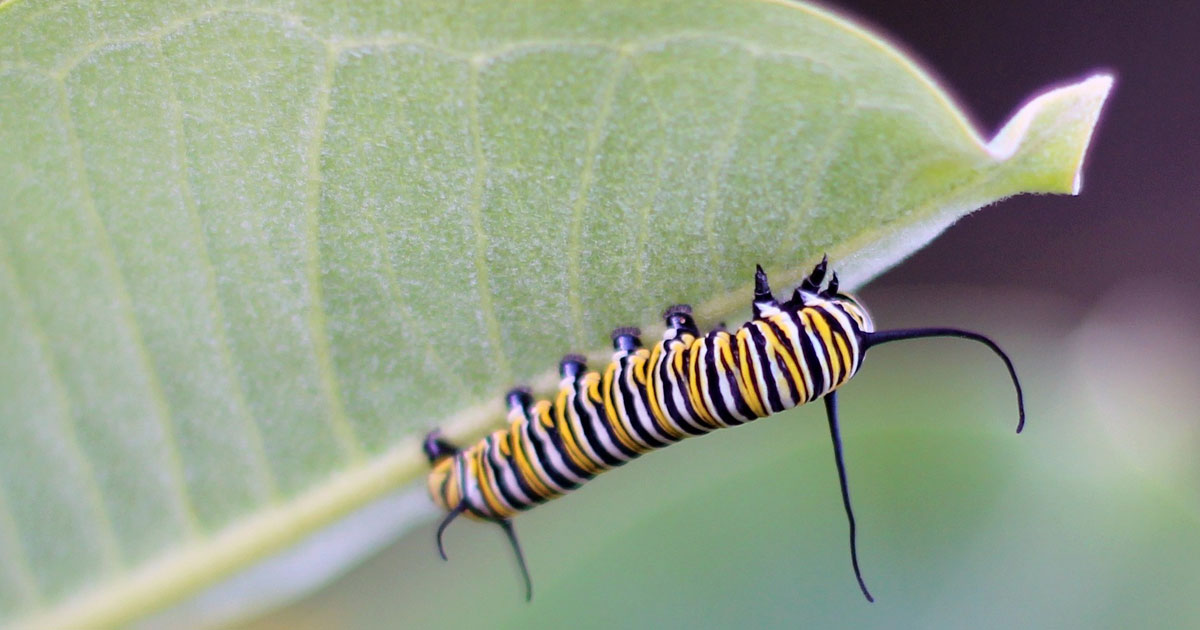
Common Nectar-rich Plants
- Bee Balm
- Alyssum
- Butterfly Bush
- Coneflowers
- Zinnia
- Butterfly Weed
- Liatris
Common Breeding Plants
- Fennel
- Parsley
- Dill
- Borage
- Milkweed
- Thistle
- Nettle

MORE QUICK TIPS!
Flower Colors
The way that butterflies see colors is directly related to the plants they are attracted to. Their vision extends into the UV range, so most of their nectar gathering is focused on these colors (pinks, purples, yellows, some oranges), so choose varieties in these colors.
Plant Height
Height matters. Butterflies are more prone to plants that are higher off the ground for safety reasons, so choose high-growing plants over low-growing plants.
Flower Shapes
Butterflies are attracted to plants with platform-like or umble blooms, because of their ability to rest atop them. Coneflowers, zinnias and marigolds are great platform-shaped blooms.
Bloom Times
Butterflies will return to gardens that consistently provide them with nectar, so make sure to plant varieties with a mixture of different bloom times, so butterflies can rely on your garden to always have nectar-filled blooms.
Native Varieties
Butterflies prefer native plants, or plants that natural grow in the area they inhabit.
13 Terrific Midwest Native Varieties
Go Organic
Most insecticides and pesticides are toxic to butterflies and other pollinators and should never be used in your butterfly garden, so having an organic garden is key. 
Your butterfly garden is waiting for you right now at
Prairie Gardens & Jeffrey Alans
Extraordinary Gardening, Home Decor & More
Learn more about PG & JA Gardening





